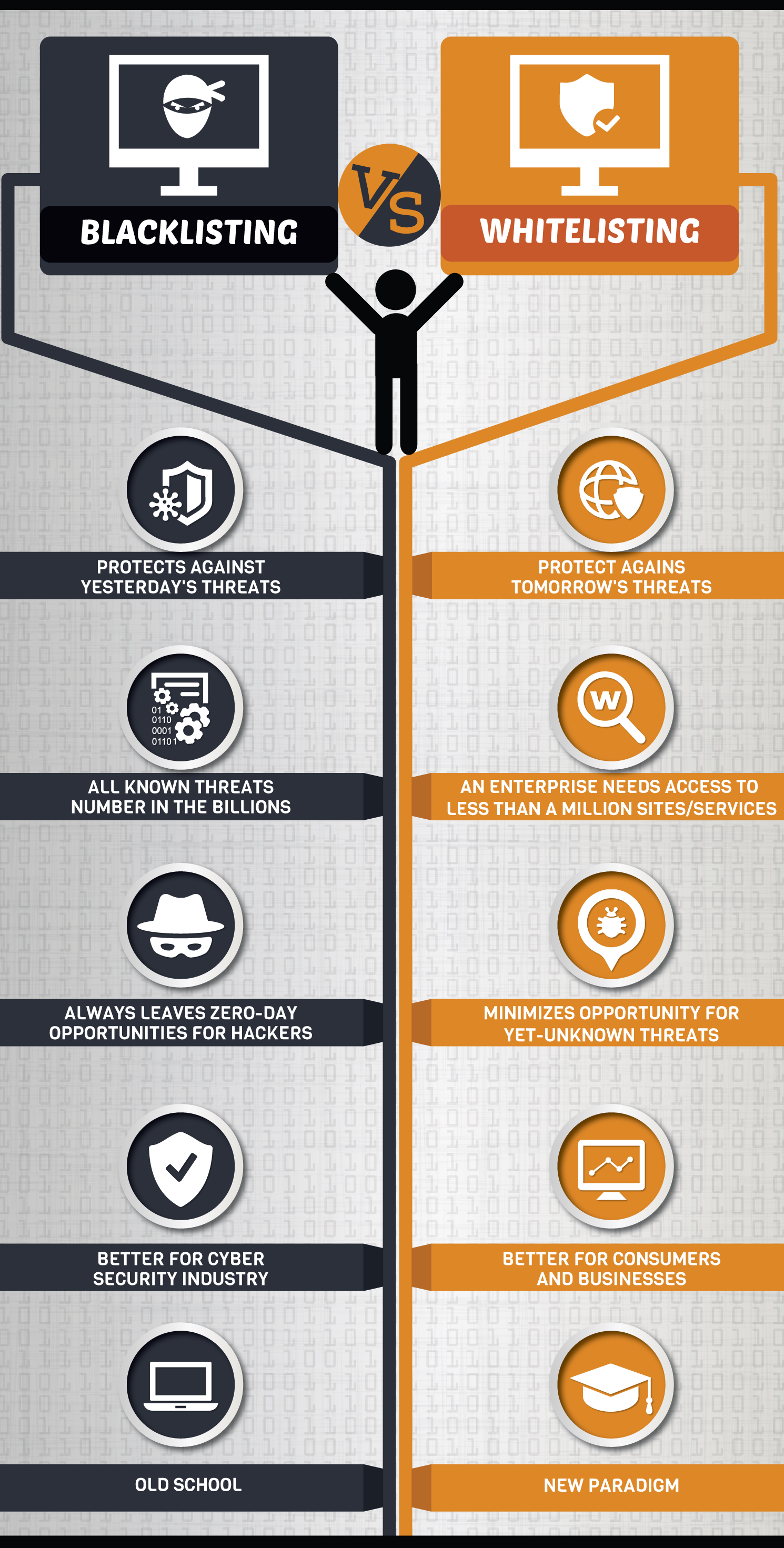Hi,
I am sure I've read about Webroot being the only one AV which has the possibility to revert files to previous versions (especially in case of *crypt* ransomware infection). But I have never seen such an option anywhere inside WRSA.
I know exactly what Previous Versions under Windows OS are. And I know how Windows works. But I was hoping Webroot has some ADDITIONAL MECHANISM to be able to revert to previous version, regardless of Windows native file history.
Did I get it wrong about Webroot possibilites? Or am I missing something?
Thanks!
Login to the community
No account yet? Create an account
Enter your E-mail address. We'll send you an e-mail with instructions to reset your password.








